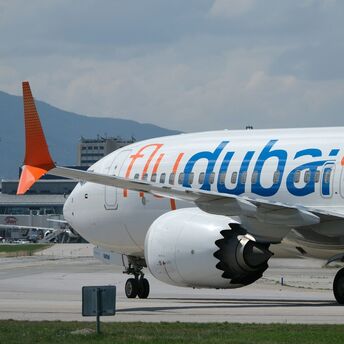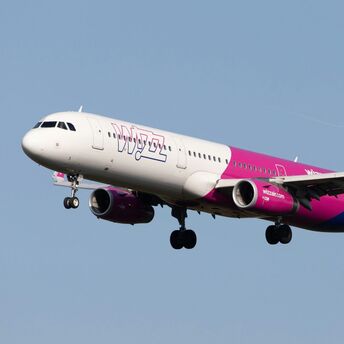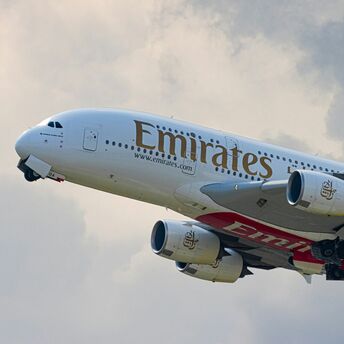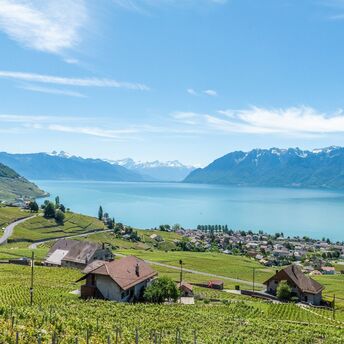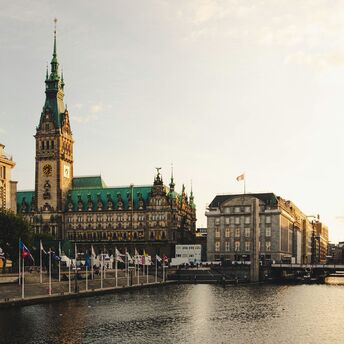Cork Connects Directly to Bordeaux Opening Doors to France’s Wine Country and Coast
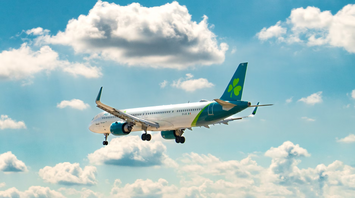
Aer Lingus has kicked off a brand-new direct route connecting Cork and Bordeaux, with the first flight taking off on May 15, 2025. The service operates three times per week and provides a new travel corridor between southern Ireland and one of France’s most historically rich regions. This marks an expansion in Cork Airport’s summer schedule and offers passengers new travel options within continental Europe.
Set in the Nouvelle-Aquitaine region, Bordeaux is famous for its elegant architecture, historic districts, and a wine scene that's known around the world. Located in France’s Nouvelle-Aquitaine region, Bordeaux is well known for its refined architecture, historic quarters, and world-famous wine culture. For French travellers, it also opens a direct path to exploring southern Ireland’s natural and cultural attractions.
Visitors arriving in Bordeaux can discover local landmarks such as the medieval Cathédrale Saint-André, the expansive Garonne river promenade, and the Miroir d’Eau, considered the largest reflecting pool in the world. Bordeaux’s wine history takes center stage at La Cité du Vin, a cutting-edge museum celebrating viticulture from around the globe. Art institutions such as the Musée des Beaux-Arts add to the city's appeal for culture-focused travellers.
Beyond the city travellers have access to the famous vineyards of Saint-Émilion, a UNESCO World Heritage Site known for its historic châteaux and wine production and the Médoc wine region home to prestigious estates like Château Margaux and Château Lafite Rothschild. Coastal destinations include Arcachon Bay with its oyster farms and beaches, the Dune du Pilat the highest sand dune in Europe and quieter seaside towns such as Carcans Plage and Andernos-les-Bains which offer opportunities for nature walks and relaxation.

The addition of this route improves travel flexibility for those seeking efficient, short-haul trips to regional destinations in France. This helps cut down dependence on busy airports and opens up more direct travel routes. For independent travellers, this connection expands the range of cultural and natural sites within reach. The service also supports cross-border tourism by linking two regions that are often overlooked in favour of larger capitals.



